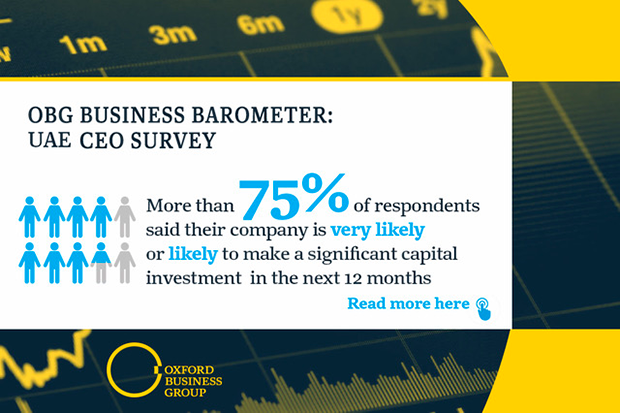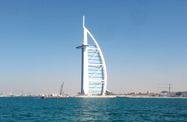Rising arrivals should continue to drive growth in Dubai’s tourism sector as a large project pipeline of hotels and resorts moves forward in the run-up to Expo 2020.

Dubai posted 4.57m foreign arrivals in the first quarter of this year, up 11% year-on-year (y-o-y) and more than double the growth rate in the same period a year earlier, according to the Department of Tourism and Commerce Marketing (DTCM).
India remained Dubai’s leading source market, sending some 580,000 people that quarter, up 23% y-o-y, followed by Saudi Arabia (440,000) and the UK (350,000).
Dwarfing that double-digit rise, however, were 106% and 64% jumps in arrival numbers from Russia and China, respectively, to 130,000 and 230,000.
These major increases came after the UAE government approved visas on arrival for Chinese tourists in September last year and for Russian visitors in January, offering a glimpse of the potential of these markets to become greater contributors to tourism receipts.
Tourism contributed some $64bn to Dubai’s economy in 2016, a figure forecast to nearly double over the next decade, according to the World Travel & Tourism Council.
Long-term goals
The strong start to the year puts Dubai on track to lift visitor numbers to 20m per annum ahead of Expo 2020, officials have said, giving the emirate a strong base to further develop its tourism offerings after the event.
The positive first-quarter results followed strong full-year figures from 2016, when arrivals rose by 5% to 14.9m, according to the DTCM. Visitors from the GCC continued to account for a large share of the total that year, at 3.4m, marking a 5% increase on the previous year. However, other markets also posted solid growth, such as India (up 12% to 1.8m), the UK (up 5% to 1.2m) and Pakistan (up 18% to 607,000).
Room to grow
The arrivals boost has translated into an improved hotel occupancy rate, which averaged 86.3% in the first quarter of this year, almost three percentage points higher than in the same period last year.
However, average daily rates dipped by 6.4% to Dh795 ($216), while revenue per available room fell by 3.9% to Dh686 ($187), partly a consequence of large increases in the industry’s stock of available rooms.
Growth in demand was stronger for mid- and low-tier hotels, where occupancy rose 7.2 points y-o-y, than for the luxury hotel market, which was up by less than a percentage point.
Increased supply in the upper end of the market has put downward pressure on room rates, which has led to concerns that, with many high-end hotel and resort developments still in the works, Dubai could face an oversupply of luxury accommodation.
At present, about 42,000 new rooms are set to enter the Dubai market in the next few years, many of them in the high-end bracket. With more projects likely to be announced in the run-up to Expo 2020, this development pipeline will add to the sector’s roughly 104,000 rooms on offer as of March, a 6% increase on a year earlier.
While rapid expansion of room stocks could continue to weigh on room rates in the near term, new investments in leisure attractions and Dubai’s strengthening position as a regional centre for trade and business should help stoke demand and maintain revenue flow.
Twin-island resort revealed
One major new attraction unveiled recently is Marsa Al Arab, a pair of man-made islands to be built on either side of the Burj Al Arab hotel and span around 317,600 sq metres, adding around 2.2 km of new coastline to the emirate.
The Dh6.3bn ($1.7bn) project was announced by Sheikh Mohammed bin Abdullah Al Khalifa earlier this month, with construction on the two islands set to break ground in June and finish in 2020.
One island will host entertainment and family tourism facilities, including a water park, 20,000 sq metres of retail space, and a 1700-seat theatre, which will be the first venue in the Middle East to host Cirque du Soleil.
Meanwhile, the second island will feature 140 luxury villas to be developed by Dubai Holding and operated by its subsidiary, luxury hotel chain Jumeirah Group.




